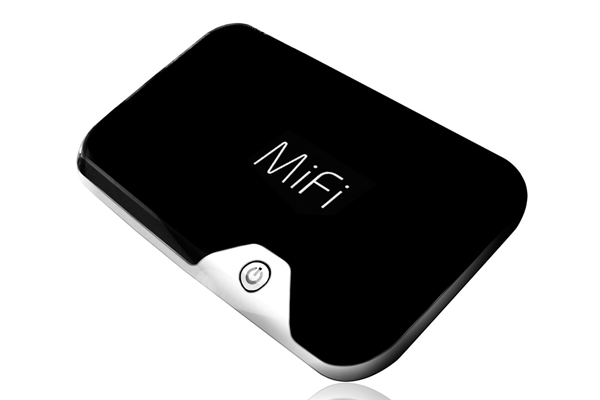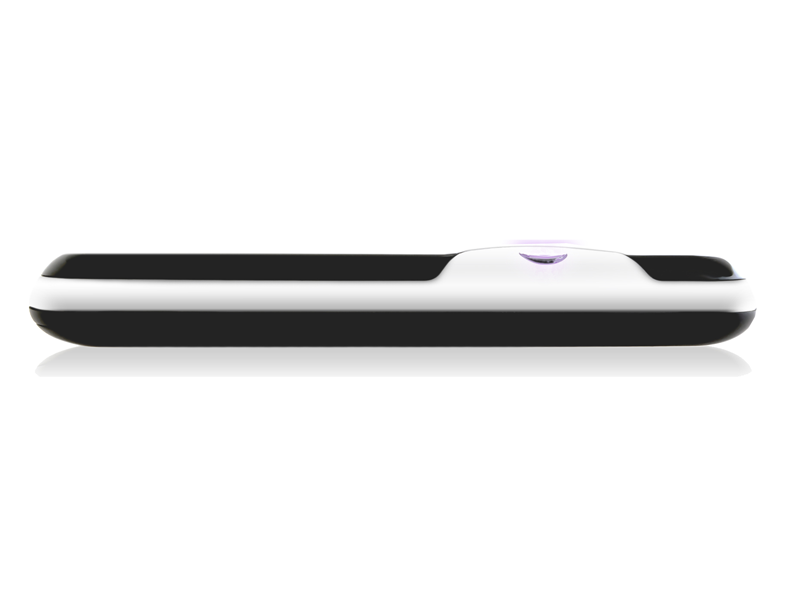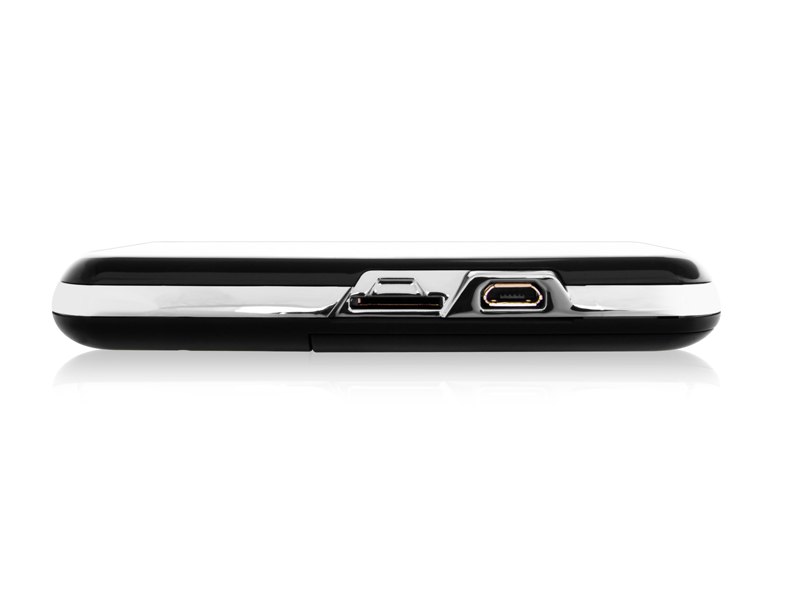Novatel Mifi 2532 Mobile Wi-Fi hotspot review
The Novatel Mifi 2532 is a USB modem that acts as a wireless hotspot for up to five devices. We get hooked up.

An interesting idea that makes it easy to connect multiple devices to the internet where a fixed line Wi-Fi hotspot isn’t an option. It is expensive as a standalone unit but devices such as this are likely to be widely offered on mobile broadband contracts by the end of the year.

A separate charger is included in the box, (with a USB micro, rather than USB mini connector) and it can be plugged into a notebook to charge. However, if you do the latter, the device acts as a regular USB modem, but deactivates the Wi-Fi, so the connection can no longer be shared.

Initial set-up involves just popping in a SIM (we used a pre-pay O2 SIM) and turning on the device. The power light flashes a different colour depending on the quality of the connection, Green for GPRS or EDGE, blue for 3G, and violet for HSPA, and even in our office, we were able to get the latter. A small Wi-Fi indicator on the side lights up when Wi-Fi is being broadcasted.
We were immediately able to see the Mifi as a Wi-Fi hotspot on an iPhone, and connect to it without fuss. Range proved to be excellent, and even moving down three floors in our building, we were still able to stay connected and browse using the device.

We then followed up by connecting a Windows Mobile smartphone and a netbook, and had no problems connecting, though we immediately noticed that the connection speeds drop noticeably as three devices connected at once. It's not really suitable for five devices accessing the internet at once, but more for enabling several devices to gain access frequently and easily when they need it.
Our thoughts then turned to security, something Novatel has clearly considered. The Mifi can be set up like a regular router and by going to "http://www.mifi", you can login to a clean and neat web interface (default password is admin'). From there you can set up WEP, WPA or WPA2 protected access.
The login also gives you information about your router such as IP address, subnet mask, and connected clients. You can also setup Port filtering, and Port forwarding for services such as DNS, FTP, HTTP, POP3, and Telnet.
Sign up today and you will receive a free copy of our Future Focus 2025 report - the leading guidance on AI, cybersecurity and other IT challenges as per 700+ senior executives
Benny Har-Even is a twenty-year stalwart of technology journalism who is passionate about all areas of the industry, but telecoms and mobile and home entertainment are among his chief interests. He has written for many of the leading tech publications in the UK, such as PC Pro and Wired, and previously held the position of technology editor at ITPro before regularly contributing as a freelancer.
Known affectionately as a ‘geek’ to his friends, his passion has seen him land opportunities to speak about technology on BBC television broadcasts, as well as a number of speaking engagements at industry events.
-
 Trump's AI executive order could leave US in a 'regulatory vacuum'
Trump's AI executive order could leave US in a 'regulatory vacuum'News Citing a "patchwork of 50 different regulatory regimes" and "ideological bias", President Trump wants rules to be set at a federal level
By Emma Woollacott Published
-
 Microsoft Excel is still alive and kicking at 40 – and it's surging in popularity as 82% of finance professionals report ‘emotional attachment’ to the spreadsheet software
Microsoft Excel is still alive and kicking at 40 – and it's surging in popularity as 82% of finance professionals report ‘emotional attachment’ to the spreadsheet softwareNews A recent survey found Gen Z and Millennial finance professionals have a strong “emotional attachment” to Microsoft Excel
By Emma Woollacott Published
-
 LastPass hit with ICO fine after 2022 data breach exposed 1.6 million users – here’s how the incident unfolded
LastPass hit with ICO fine after 2022 data breach exposed 1.6 million users – here’s how the incident unfoldedNews The impact of the LastPass breach was felt by customers as late as December 2024
By Emma Woollacott Published
